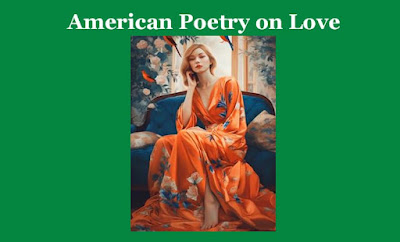French Literary Movements

French Literary Movements French Literary Movements I ntroduction: French literature is renowned for its diversity and innovation, characterized by a multitude of literary movements that have shaped its rich tapestry over the centuries. From the Middle Ages to the present day, French writers have been at the forefront of literary experimentation and cultural discourse. In this article, we embark on a journey through some of the key French literary movements and their lasting impact on literature and society. Chief French Literary Movements Medieval Literature: Medieval French literature emerged during the Middle Ages and encompassed a wide range of genres, including epic poetry, chivalric romances, and religious allegories. Influenced by the troubadour tradition and medieval courtly culture, medieval French literature explored themes of love, chivalry, and religious piety. Example: "The Song of Roland" is a classic work of medieval French literature, celebrating the heroic ...












